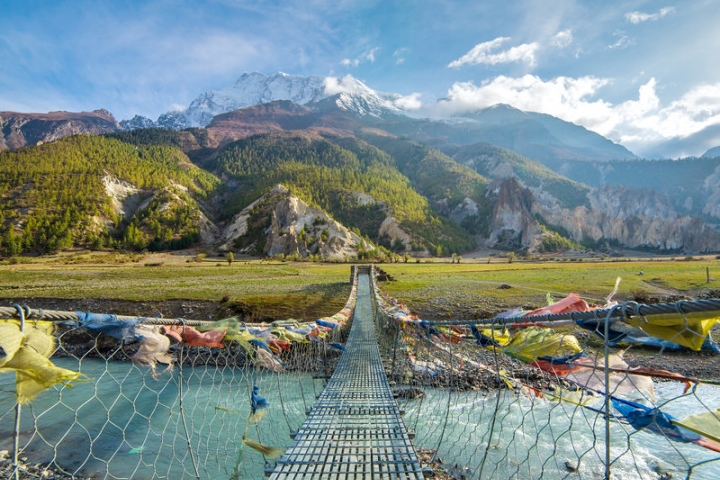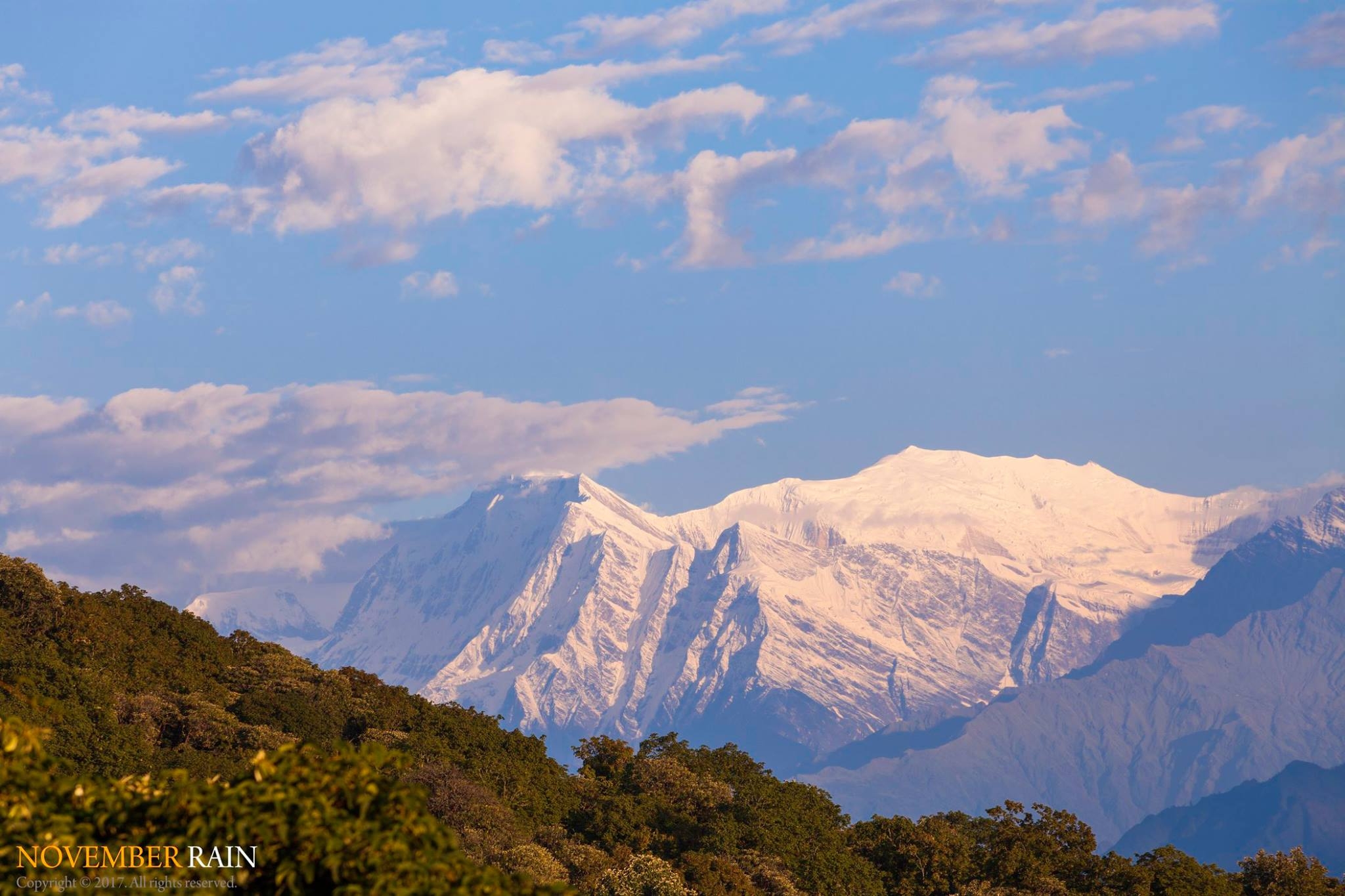Upon arrival in Kathmandu, Odea Services will welcome you at the airport and then transfer to you your hotel. Evening welcome dinner.Overnight at hotel.(D)
Transfer to Pokhara via flight or Vehicle. You may use a flight which takes 25 min and can use a private Tourist Vehicle, It takes 6-7 hours.Evening boating at Fewa Lake and sightseeing near the lake area. Overnight at hotel.(D)
Having breakfast then drive to Nayapul and trek to Ghandruk (2020m). Today is an easy day, you will walk 4 hours only. On a clear day, you may see a nice view of Annapurna South, Himchuli, Annapurna III, Machhapuchhre, etc. Rest of the day, you will explore Ghandruk village and Gurung Museum . Overnight at Lodge. (B/L/D)
Today, you will trek from Ghandruk to Sinuwa (2340m). It takes 6-7 hours to walk. The trail from Ghandruk to Komrong Danda is slowly up. From Komrong Danda, you will trek down to Komrong Khola. Again climb up to Chhomrong, Chhomring is another nice and big village. From this village, you will trek down to the river and will climb again to Sinuwa. If the weather is nice, you will have a nice Mountain View, overnight at Lodge.(B/L/D)
In the morning, you will have a nice view if the weather is nice. After that, you will have breakfast. You will trek from Sinuwa to Deurali. The trail is mostly uphill and jungle walk. It takes 6-7 hours to walk. You will pass Bamboo, Dovan, and the Himalayas during the trek.Overnight at Lodge.(B/L/D)
Today, you will trek from Deurali to Annapurna Base Camp. Annapurna Base Camp is located 4130m. It takes 5-6 hours to walk. The trail is all the way uphill. When you arrive at Machhapuchhre Base Camp, you will have again nice view of Machhapuchhre, Annapurna South, Himchuli, Gandarba Chuli, Glacier Dom, Annapurna III, Gangapurna, etc. You will continue to Annapurna Base Camp, overnight at Lodge. If the weather is clear, you may see amazing sunset views. overnight at Lodge.(B/L/D)
wake up early in the morning to witness the sunrise. After that, you will have breakfast. Trek from ABC to Bamboo via Machhapuchhre Base Camp, Deurali, Himalaya, Dovan, and Bamboo is all the way down. It is located at 2340 m. It takes 6-7 hours to walk and then overnight at Lodge. (B/L/D)
After breakfast as usual time, you will trek from Bamboo to Jhinu Danda via Sinuwa and Chhomrong Village. Jhinu is located 1690 m in elevation. It takes 4-5 hours to walk. The trail is up and downhill. In the afternoon, you will be in the Natural Hot Spring, overnight at Lodge. (B/L/D)
Trek from Jhinu to Siwai (3-4 hours walking). From Siwai, drive to Pokhara. It takes 3 hour’s drive, overnight at the Hotel in Pokhara. overnight at hotel(B/L)
Transfer to Kathmandu, you may use a flight, private vehicle, or tourist bus. Shopping time in Thamel Bazzar (B)
This is your last day in Kathmandu. After breakfast, you will be fetched by our guide; 3 hours prior to your flight time and drop you at the Tribhuvan International Airport for your final departure. (B)

